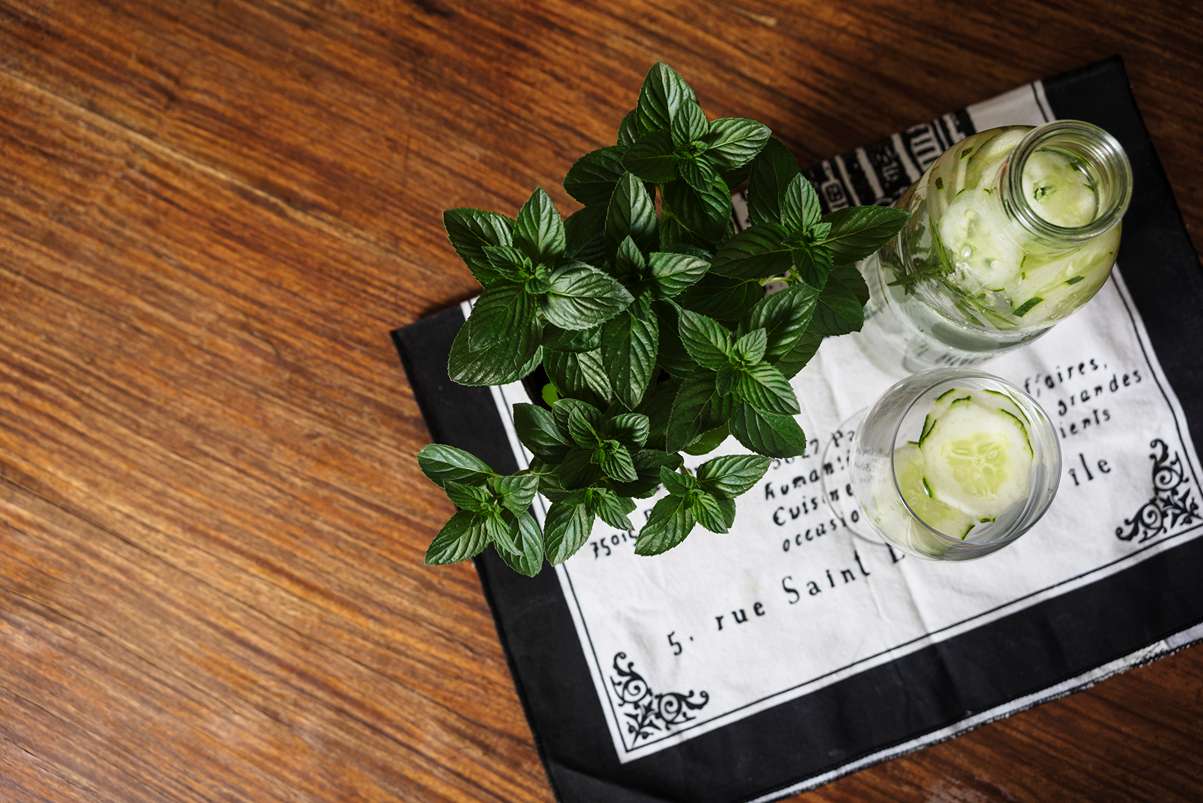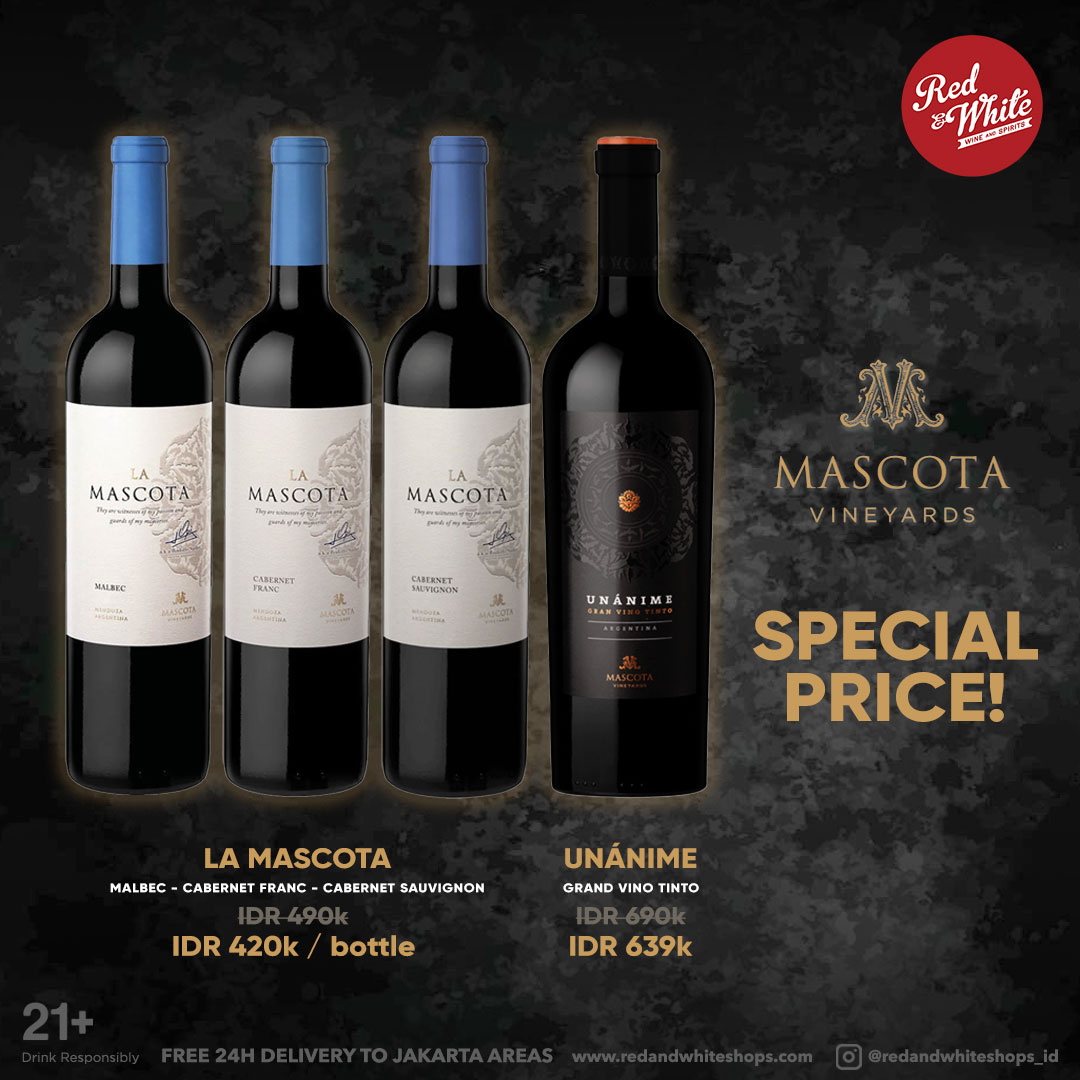
Exploring Gin Botanicals and the Influence of Terroir on Taste
Gin, often celebrated as the quintessential British spirit, has seen a resurgence in popularity in recent years. One of the key factors that contribute to its unique and diverse flavor profile is the selection of botanicals used in its production. In this article, we’ll dive into the world of gin botanicals and explore how the concept of terroir, typically associated with wine, can affect the taste of this beloved spirit.
What Are gin botanicals?
Gin is not just about juniper berries, although they do form the backbone of its flavor.
The term “gin botanicals” refers to the various herbs, spices, and botanical ingredients that are added to the base spirit during the distillation process. These ingredients can range from coriander and angelica root to citrus peels and exotic spices, each contributing its unique character to the final product.
The role of juniper berries
At the heart of every gin lies juniper berries. Their aromatic, resinous flavor gives gin its distinctive piney, earthy, and slightly citrusy notes.
Juniper is what defines gin as gin. No juniper, no gin.
Terroir and its influence
Terroir is a term most commonly associated with wine, but it can also have a significant impact on the flavor of gin. Terroir encompasses the environmental factors that affect the growth of botanicals, including soil, climate, and topography.
Just as these factors create the distinct characteristics of a wine, they also influence the botanicals used in gin production.
The effects of terroir on juniper
Different regions, or terroirs, produce juniper berries with varying flavors and aromas. For instance, Italian juniper berries are often described as more floral and delicate, while those from the Balkans are typically more robust and resinous.
When distillers use juniper from specific terroirs, they can create gins with subtle nuances that reflect the unique qualities of the juniper.
Regional variations in botanicals
Apart from juniper, other botanicals used in gin production also exhibit terroir-related variations. For instance, Spanish orange peels may have a sweeter, sun-kissed character compared to their South African counterparts, which might have a zestier, more tangy quality. These differences play a pivotal role in shaping the overall taste of the gin.
Experimenting with terroir-influenced gins
If you’re a gin enthusiast looking to explore terroir-influenced gins, consider sampling gins from different regions. Compare and contrast the flavors to appreciate how the juniper and other botanicals interact with the unique terroir of each place.
In the world of gin, botanicals are the paint, and terroir is the canvas upon which distillers craft their masterpieces. Understanding the influence of terroir on gin is a gateway to a deeper appreciation of this versatile spirit. The next time you sip a gin and tonic, take a moment to savor the botanicals and imagine the landscapes from which they came. Gin’s charm lies not only in its variety but also in its connection to the land, which, as any gin connoisseur will tell you, is an essential part of its allure.




